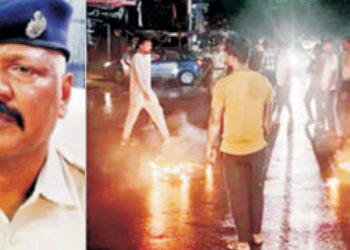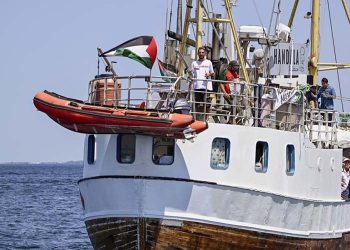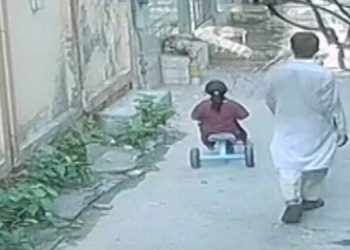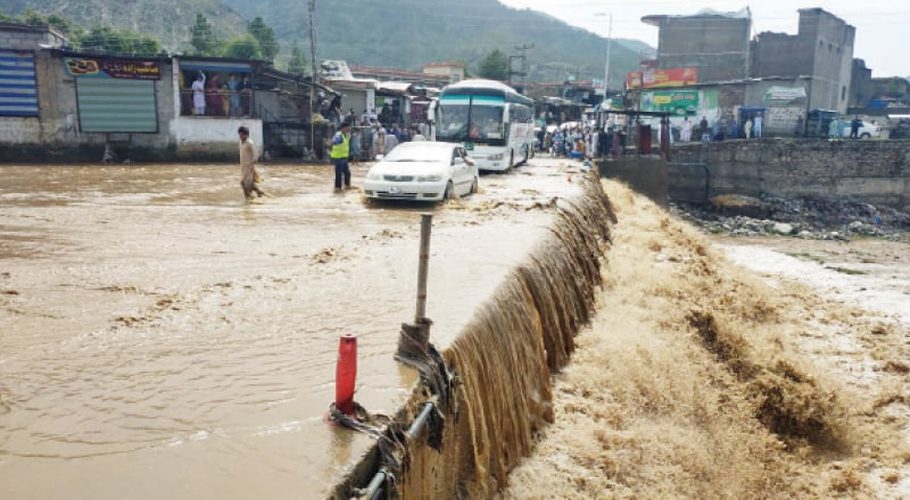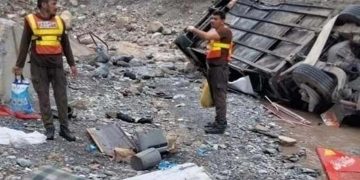NORTH CHARLESTON, S.C: In a bizarre turn of events, the United States military has asked for public help this week to locate the most advanced fifth generation F-35 stealth fighter jet, with the failure to track the aircraft drawing questions, amazement and ridicule.
The F-35 disappeared over South Carolina on Sunday after the pilot ejected for unknown reasons, prompting the base to issue a call on social media asking anyone with information to call in.
Parts of the F-35 jet were found in Williamsburg county, South Carolina, the Joint Base Charleston said, following the aircraft’s disappearance on Sunday.
A military pilot whose advanced fighter jet went temporarily missing over the weekend is heard repeatedly requesting an ambulance in a perplexing 911 call from the South Carolina home where he had parachuted to safety, according to an audio recording released Thursday to The Associated Press.
Also read: Presidential elections: Is large number of voters registering for third party a worry for Democrats?
In a 911 call, a Charleston resident reports a pilot parachuted into his backyard.
The four-minute recording captures the bizarre circumstances for the three unidentified people involved: a North Charleston resident calmly explaining that a pilot just parachuted into his backyard, the pilot who doesn’t know what became of his F-35 jet, and a puzzled dispatcher trying to make sense of it all.
“We got a pilot in the house, and I guess he landed in my backyard, and we’re trying to see if we could get an ambulance to the house, please,” the resident said.
The pilot, who said he was 47, reported feeling “OK” after falling what he estimated was 2,000 feet. Only his back hurt, he said. The resident said the pilot looked fine.
In a 911 call, an operator speaking to the pilot about possible injuries from a fall.
“Ma’am, a military jet crashed. I’m the pilot. We need to get rescue rolling,” the pilot said. “I’m not sure where the airplane is. It would have crash landed somewhere. I ejected.”
Later in the call, he made another plea for medical help.
“Ma’am, I’m a pilot in a military aircraft, and I ejected. So I just rode a parachute down to the ground. Can you please send an ambulance?” the pilot said.
In a 911 call made from a resident’’s home, a military jet pilot explains he had to eject from his plane.
The Marines have described the pilot as an experienced aviator with decades of experience in the cockpit.
The F-35 crashed Sunday after a malfunction prompted the pilot to eject over Charleston and land in the residential backyard not far from Charleston International Airport.
The fighter jet, which the Marine Corps said was at an altitude of only about 1,000 feet (300 meters), kept flying for 60 miles (100 kilometers) until it crashed in a rural area near Indiantown. It took more than a day to locate the wreckage.
The official also recalled hearing a “rather loud noise” about 25 minutes prior that “sounded something like a tornado, possibly a plane.”
The Marine Corps said Thursday that a feature on fighter jets intended to protect pilots in emergencies could explain how the F-35 managed to continue its travels. They said that while it was unclear why the jet kept flying, flight control software would have worked to keep it steady if there were no longer a pilot’s hands on the controls.
“If the jet is stable in level flight, the jet will attempt to stay there. If it was in an established climb or descent, the jet will maintain a 1G state in that climb or descent until commanded to do something else,” the Marine Corps said in a statement. “This is designed to save our pilots if they are incapacitated or lose situational awareness.”
Other questions about the crash remained, notably why the plane wasn’t tracked as it continued flying over South Carolina and how it could take more than a day to find a massive fighter jet that had flown over populated, although rural, areas.
The Marines said features that erase a jet’s secure communications in case of an ejection — a feature designed to protect both the pilot’s location and the plane’s classified systems — may also have complicated efforts to find it.









